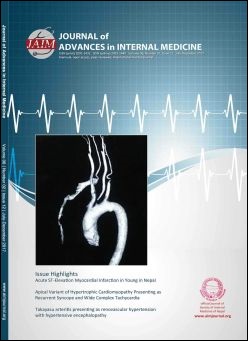Palliative Care and Hospice: A Paradigm for End-of-Life Care in Developing Nations
DOI:
https://doi.org/10.3126/jaim.v6i2.18541Keywords:
Palliative Care, Hospice Care and DeathAbstract
Traditionally, medical care has had two mutually exclusive goals: either to cure disease and to prolong life or to provide comfort care. Given this dichotomy, the decision to focus on reducing suffering is made usually only after life-prolonging treatment has been ineffectual and death is imminent, usually by days or hours. As a result, one of the best kept secrets in a hospital today in the United States is palliative care and hospice care. We estimate that of the 2.4 million Americans that die each year, about 80% end their lives in hospitals attached to the latest advances in technology; 300,000 die at home under hospice care. The reasons why more people do not receive palliative or hospice care range from the patient’s fear of abandonment and the unknown, the family’s denial of the inevitability of death of their loved one, and physician’s denial of medicine’s limitations. Unless the options of palliative or hospice care are given to patients the fears that people have of dying--fear of dying alone and fear of dying in pain--will continue to make the dying process one that lacks dignity and respect. In this review article we have reviewed the state of palliative and hospice care in the United States through a historical, ethical and legal perspective. We have discussed its scope in the developing world and the potential challenges.
Journal of Advances in Internal Medicine 2017;06(02):38-44.
Downloads
Downloads
Published
How to Cite
Issue
Section
License
This license enables reusers to distribute, remix, adapt, and build upon the material in any medium or format, so long as attribution is given to the creator.




